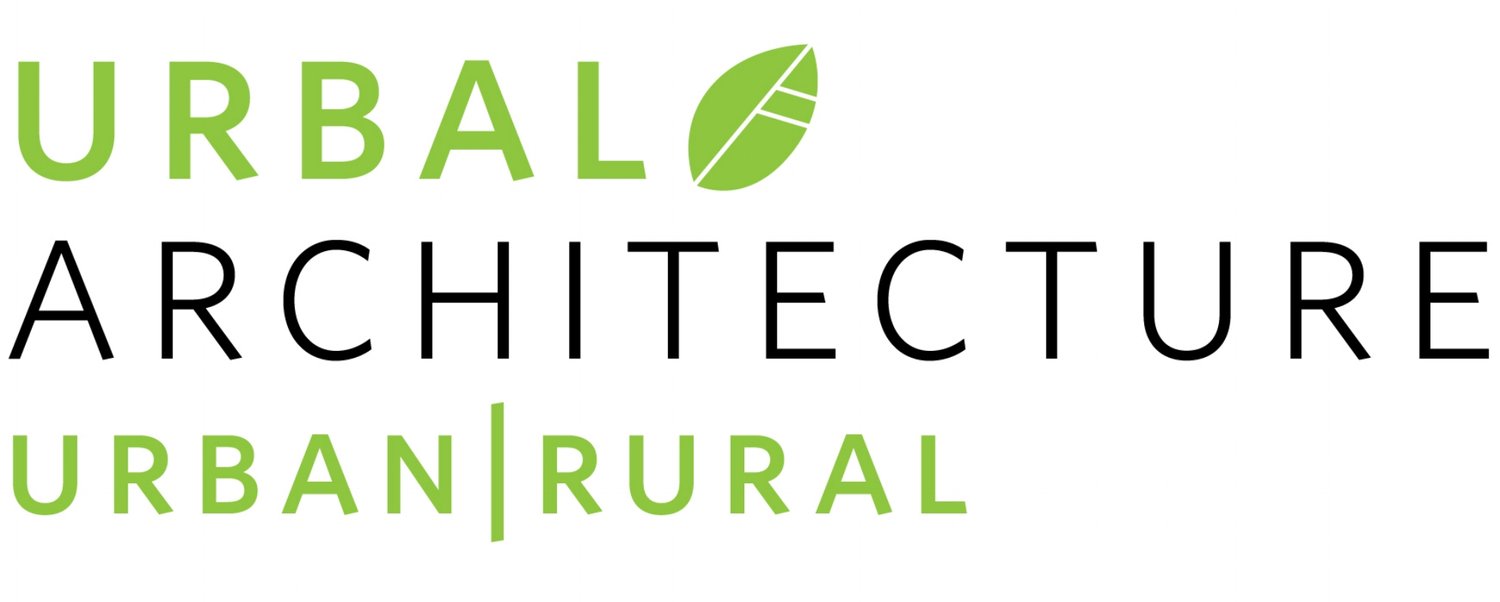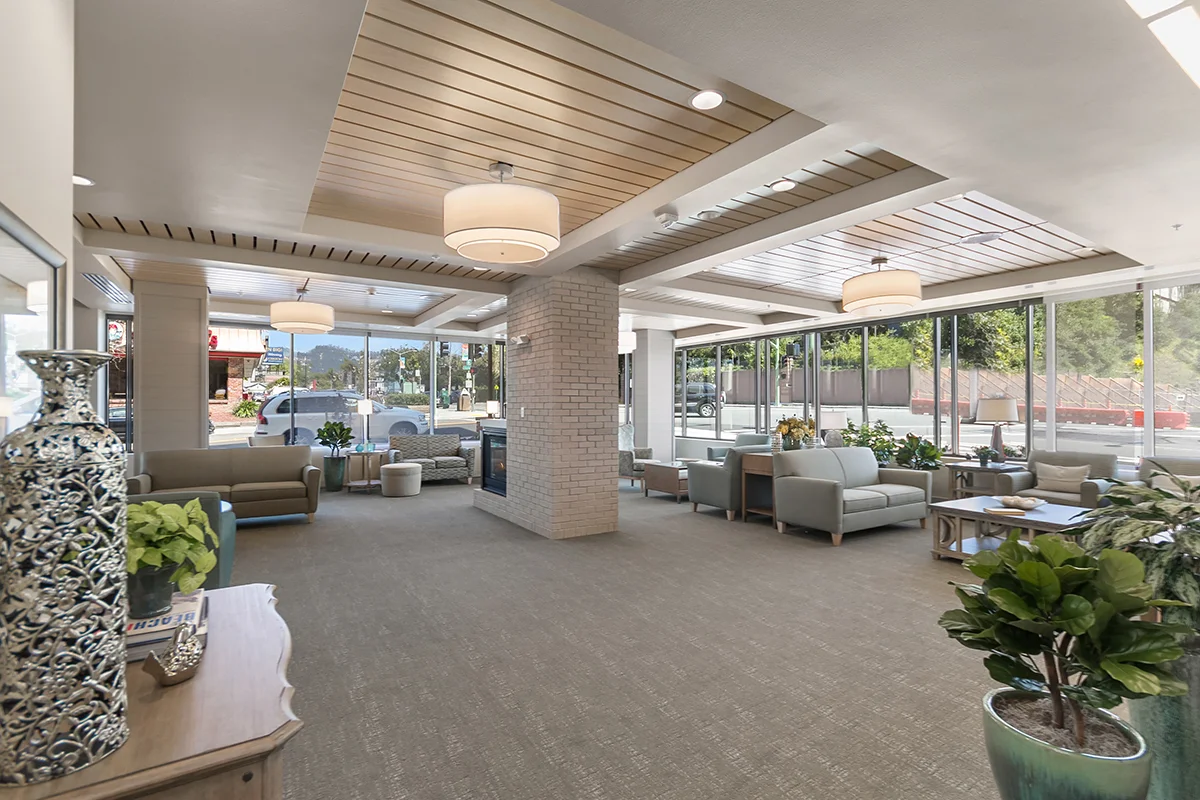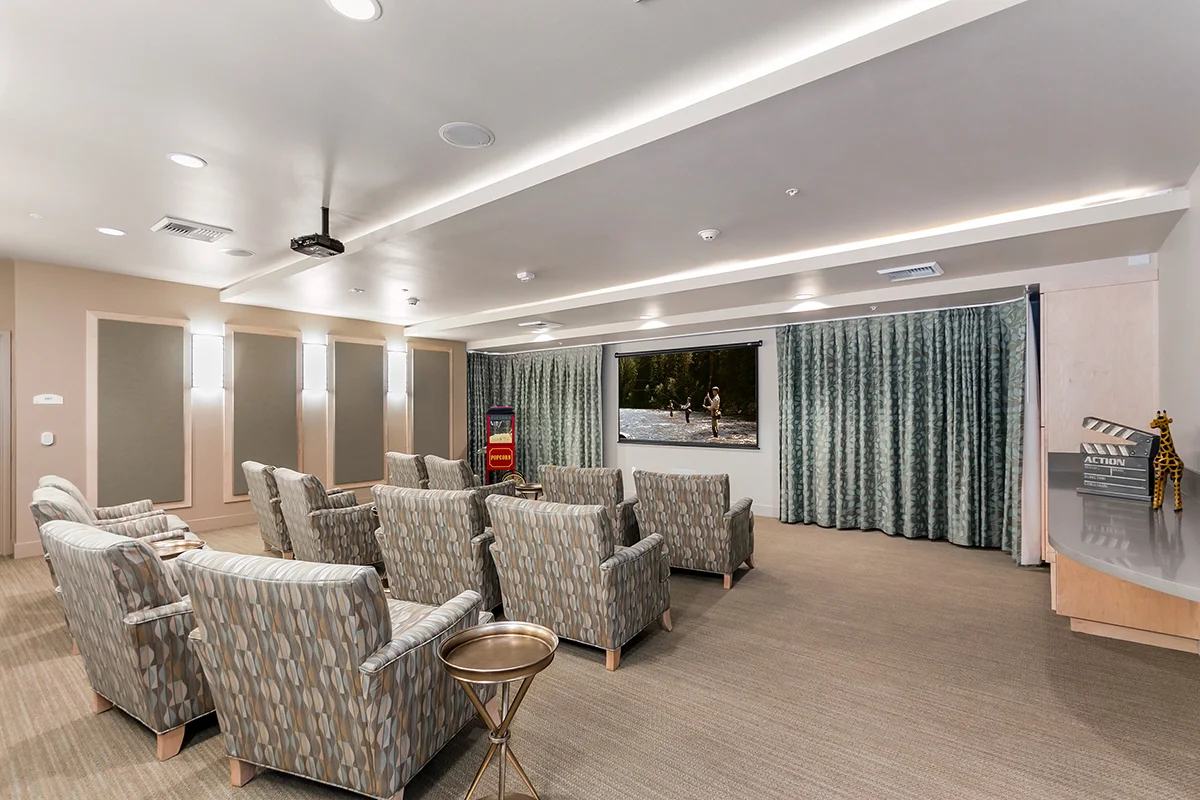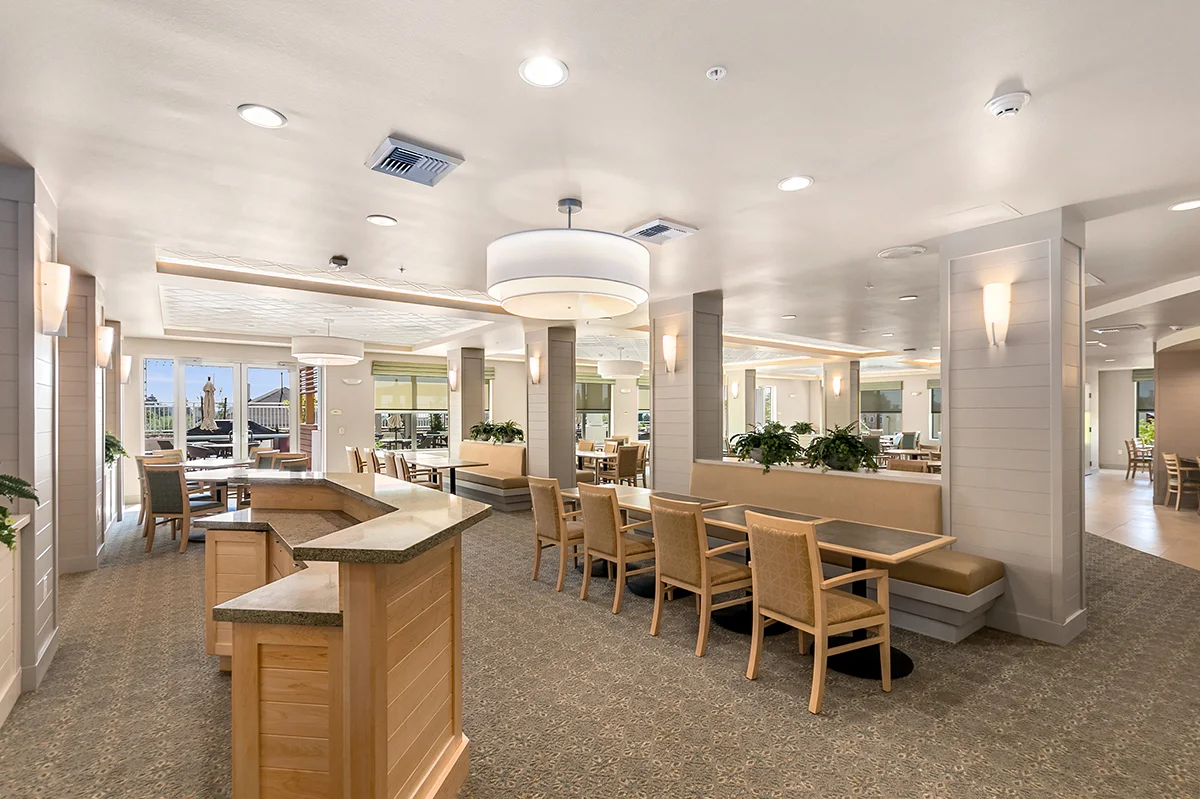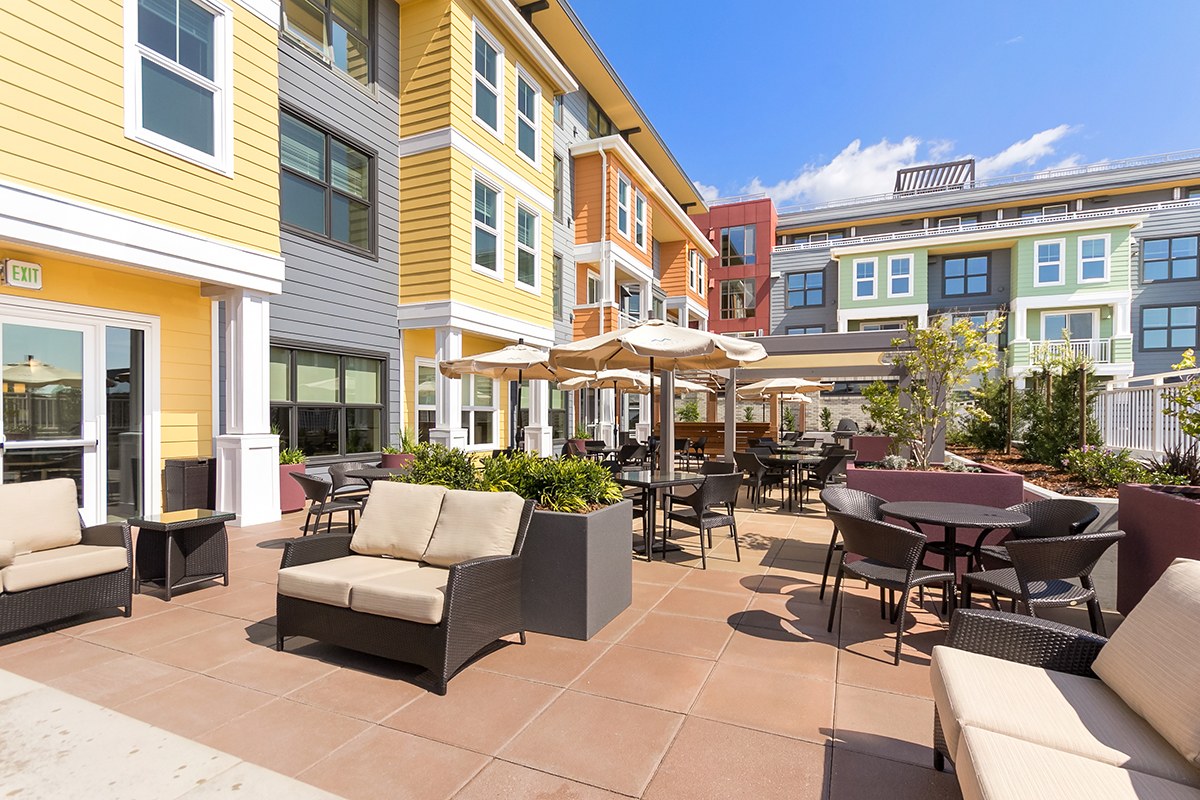Merrill Gardens at Anthem is now opened!
/Our first senior housing project in Arizona, Merrill Gardens at Anthem, is now completed!
This community is located in a suburb right outside of Phoenix, with close proximity to cities such as Peoria, Glendale, and Scottsdale. The design concept behind this senior housing development is to create a resort-like community that complements the existing architecture and landscape in the desert setting. To blend with the desert landscape, the overall architectural details of this building are particularly rich with earthy accents, colors and texture, which combines to create a warm and inviting living environment for residents.
Main Entrance
The main entrance features a grand porte-cochere, which greets residents and guests upon arrival at the community. One unique design feature of this building is the incorporation of Sedona red sandstone, which is a material native to Arizona. Sedona sandstone is used throughout the exteriors to blend with the desert setting, creating a welcoming and yet familiar visual character for the community.
Courtyard
Swimming ool
Courtyard
Memory Care Courtyard
The 98,240-square-foot community offers a total of 93 residential units with the options of studio, one- and two-bedroom units. Residents have a convenient access to a broad array of services, as well as both indoor and outdoor amenities, such as library, tech room, bistro, theater, beauty salon, outdoor swimming pool, and trellis patio. The large variety of common amenities encourages residents to engage in activities and also gives them the opportunity to meet new friends within the community.
Lobby
Library
Bistro
Check out our gallery for Merrill Gardens at Anthem to see more photos of this new community!
